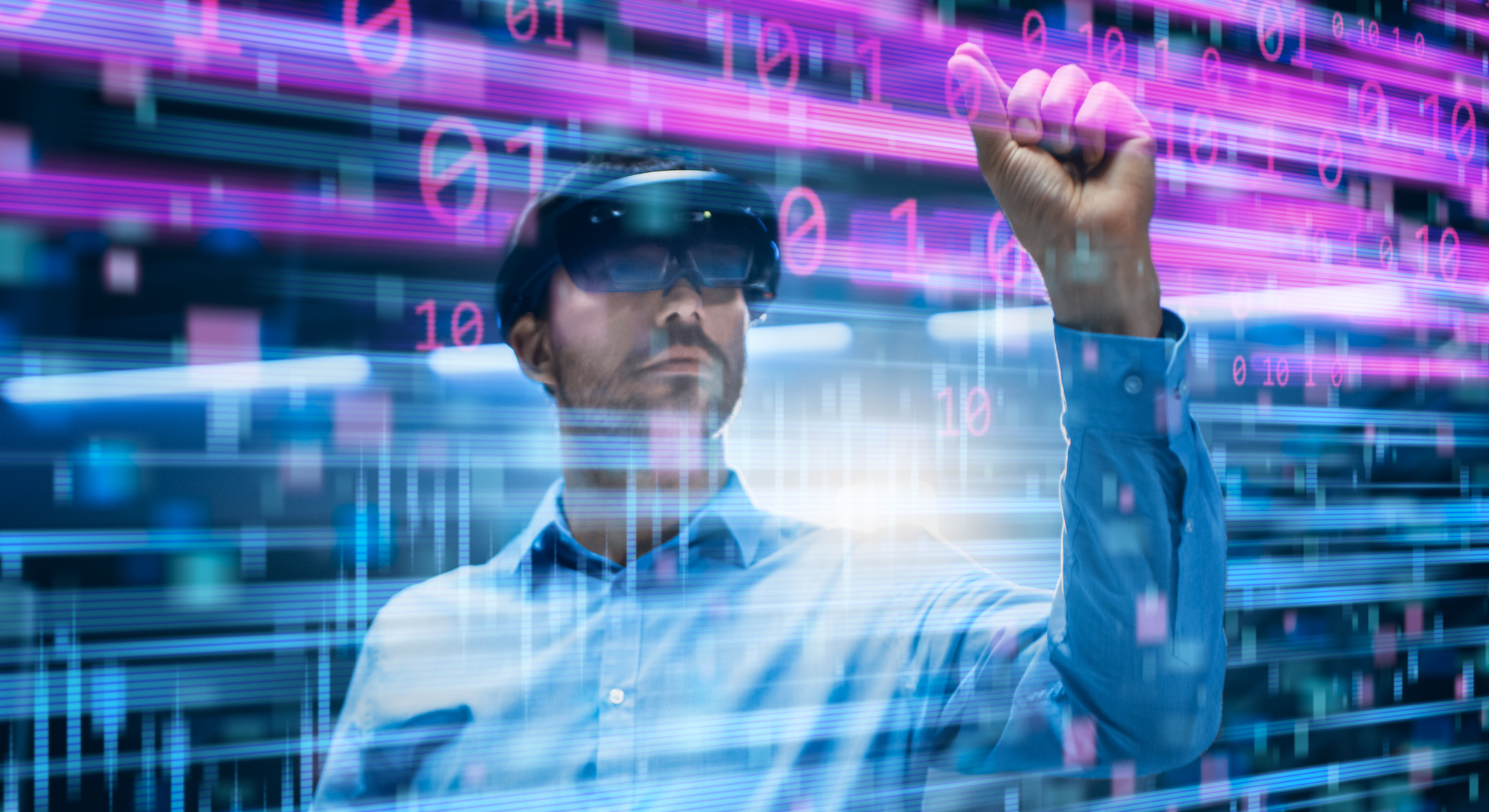
05 Dec The impact of 5G on the development of new augmented reality applications
The introduction of 5G technology into the digital ecosystem—and its ongoing phases of development and expansion—has provided a significant boost to various innovations. Among these is augmented reality (AR) and its applications in everyday life. While it’s challenging to rank their importance, mobile connectivity through 5G, augmented reality, and virtual reality are arguably among the most significant technological advancements bridging the 20th and 21st centuries.
A crucial ally for augmented reality
Due to the technical demands and high information consumption required by augmented reality—or perhaps precisely because of these factors—this transformative technological advancement has found an ideal partner in 5G. With its ultra-low latency—sometimes under 10 milliseconds—5G enables augmented reality applications to run far more smoothly.
This is critical for creating highly immersive AR experiences, whether for digital entertainment or training applications. In terms of processing power and transmission speed, 5G facilitates real-time augmented reality models in design applications, allowing end users to view highly detailed renderings.
For instance, users can see a realistic representation of how a product would look in a particular space before purchasing it. Similarly, in the case of clothing or accessories, they could view the items on digital twins of themselves.
Augmented reality and 5G in everyday life
While the aforementioned applications are highly beneficial, many other uses of AR and 5G also make a significant impact beyond the service and consumer product sectors.
In healthcare:
Telemedicine and remote surgical procedures have become more reliable with 5G. Doctors can perform diagnoses and consult with other professionals in real time via high-quality video, while remotely controlled surgical robots can operate with unprecedented precision. This not only ensures highly accurate procedures but also reduces the invasiveness and trauma experienced by patients.
In smart cities and automation:
In urban environments, 5G already enables constant communication between sensors, autonomous vehicles, and smart devices, though further development and testing are still needed. This technology has the potential to improve traffic management, reduce pollution, and enhance the energy efficiency of cities as they progress toward a future of energy autonomy, automated management, and total connectivity.
5G and social connectivity:
The ability to connect with others in virtual environments is also strengthened by 5G. Whether for live events, cooperative gaming, participatory forums, or social networks, interpersonal communication benefits from faster and more stable connections.
5G’s impact on web development
Web development has also advanced significantly with the advent of 5G. Developers can now create more dynamic and graphically intensive applications without concerns about long load times or unexpected interruptions. This is particularly relevant for websites that integrate augmented reality or virtual reality, as immersive experiences demand constant high-speed data transfer.
In summary, 5G has revolutionised the way we interact with technology and will continue to do so in the future. It is transforming key industries and enabling applications to function more efficiently, quickly, and reliably. Both 5G and its immediate successor, 6G—already in development—are poised to bring about significant changes in our lives.

